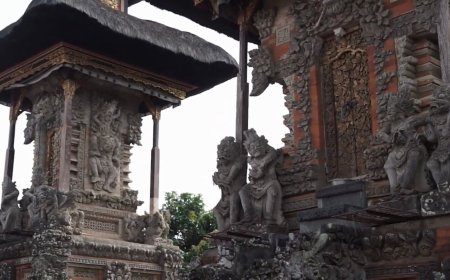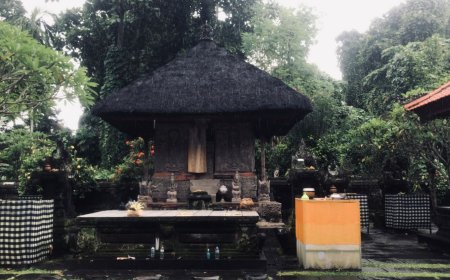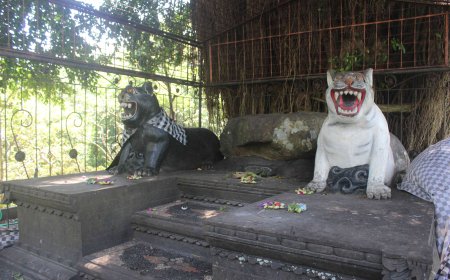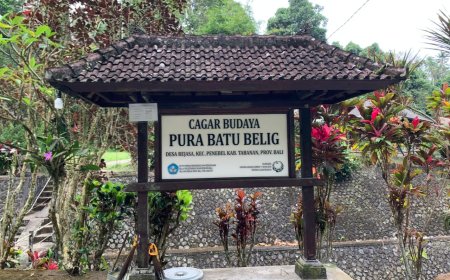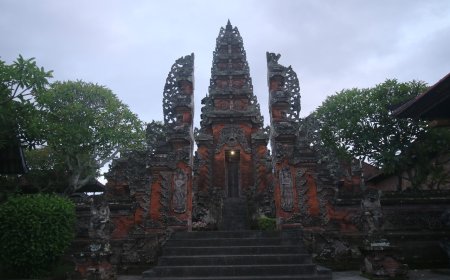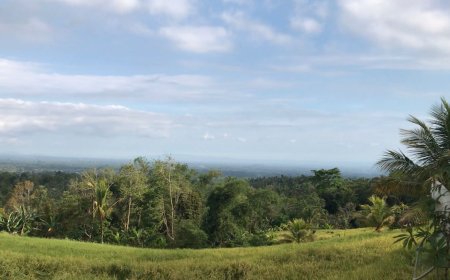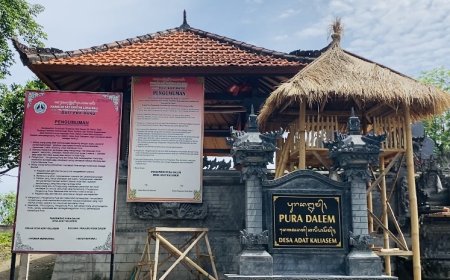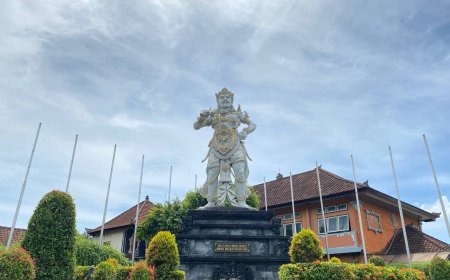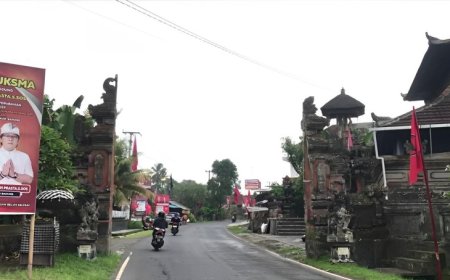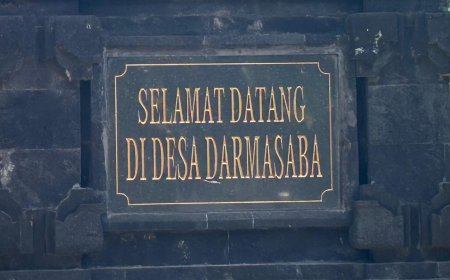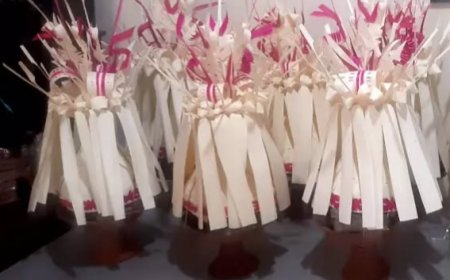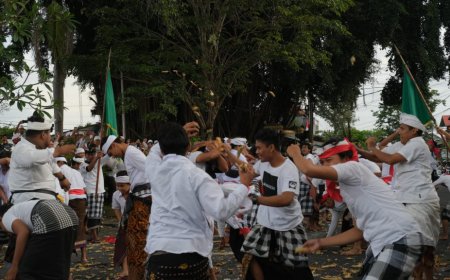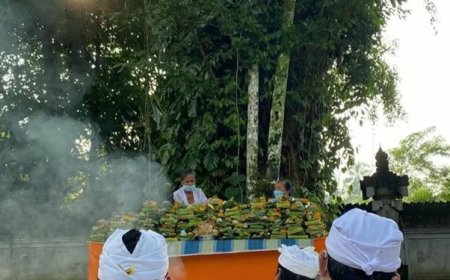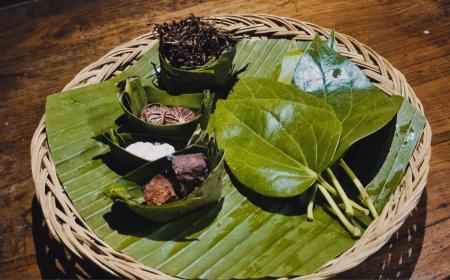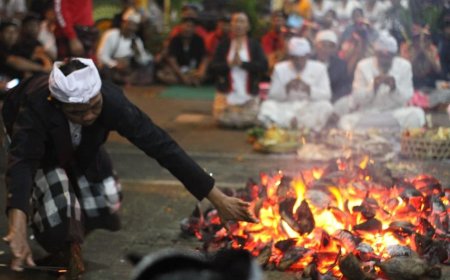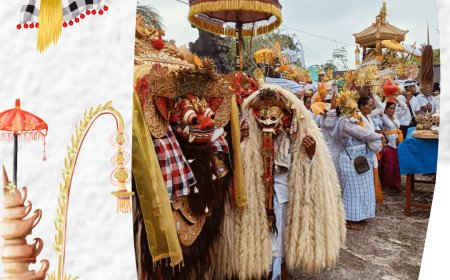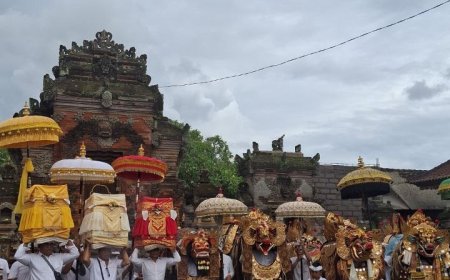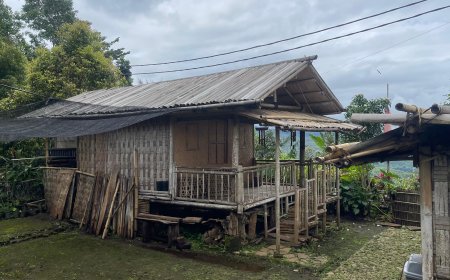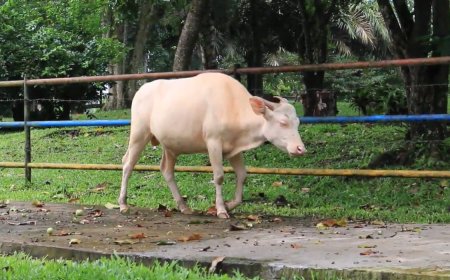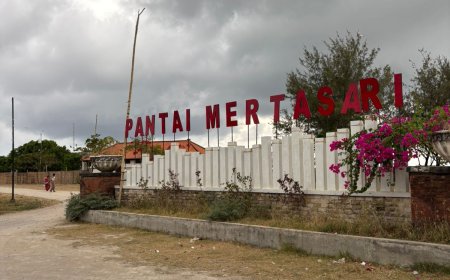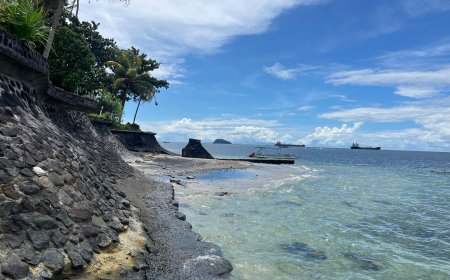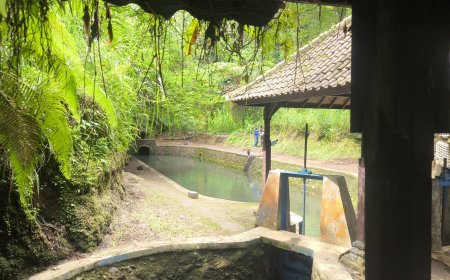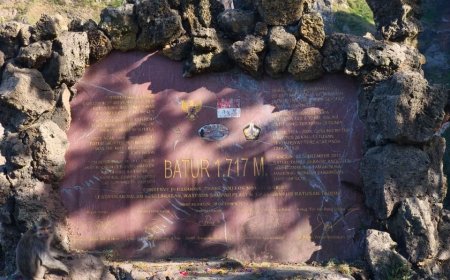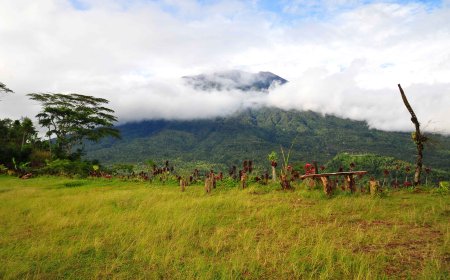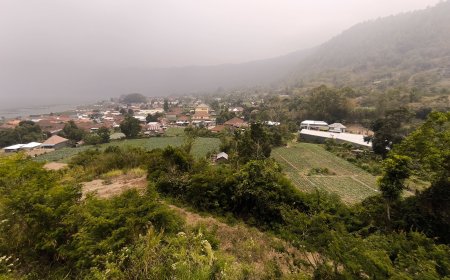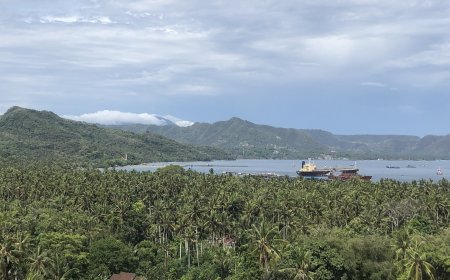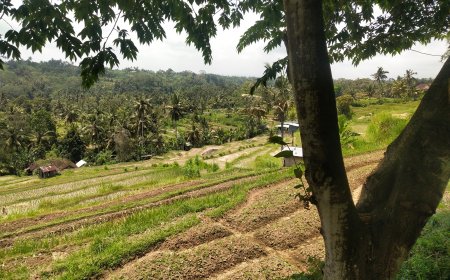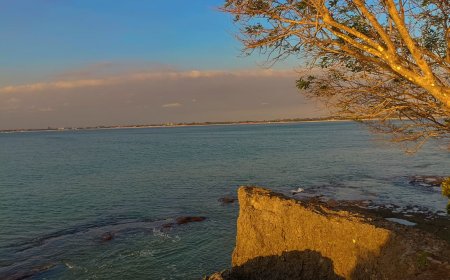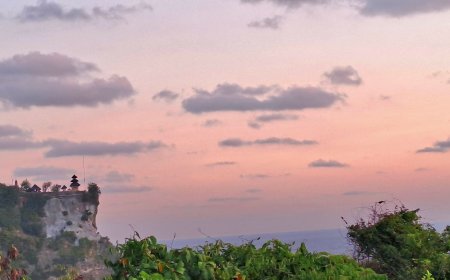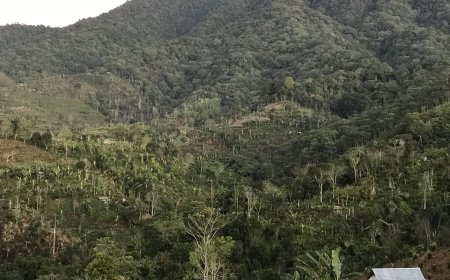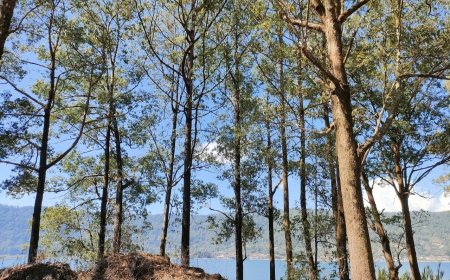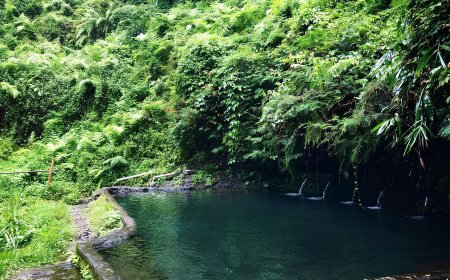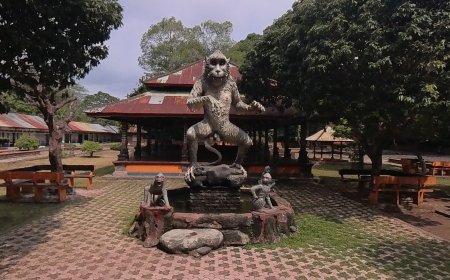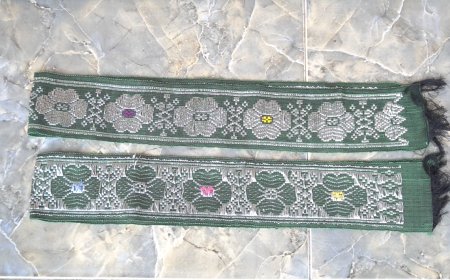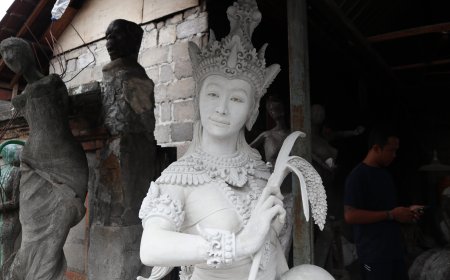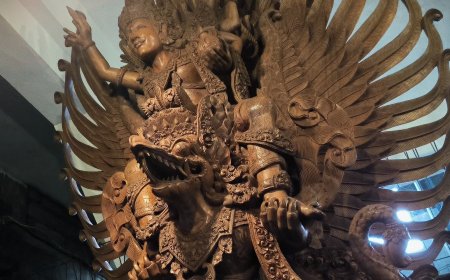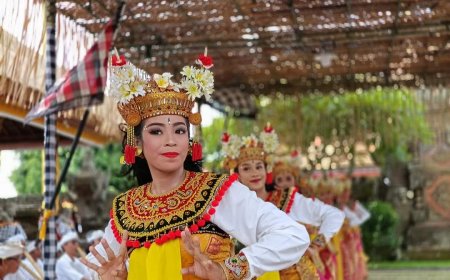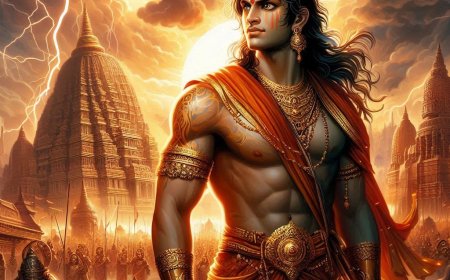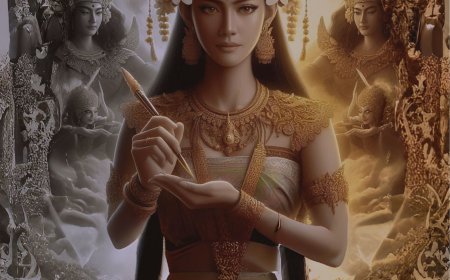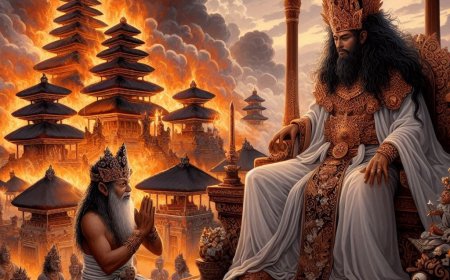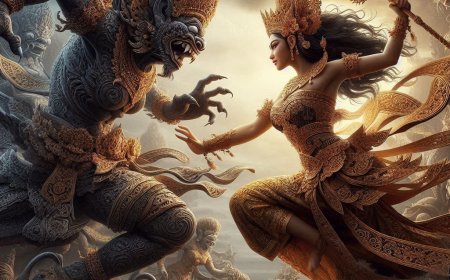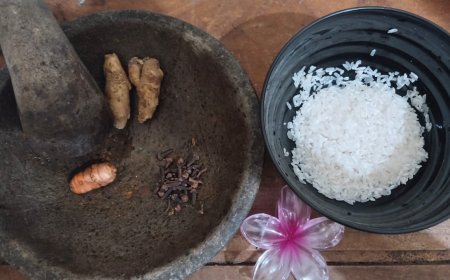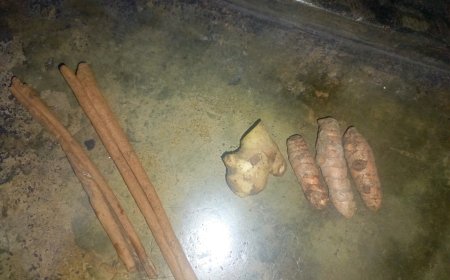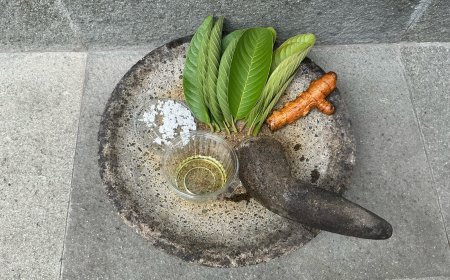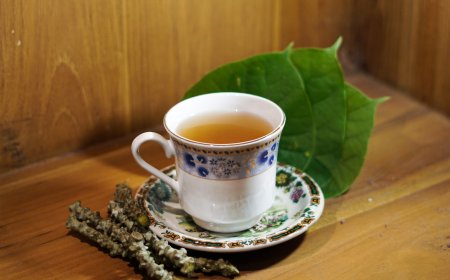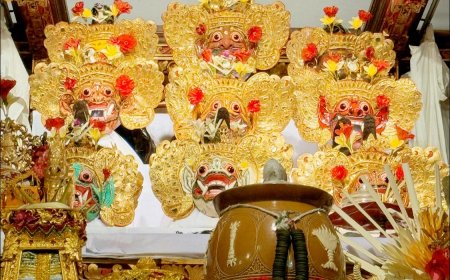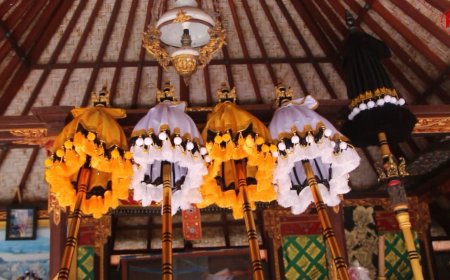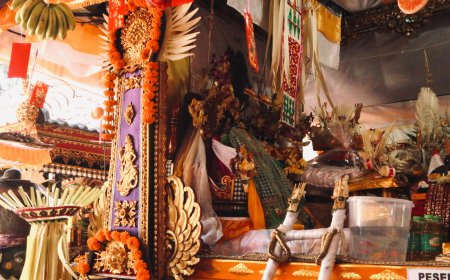Eternal Carvings of the Mask Maestro I Wayan Muka
This article tells the life journey of the Balinese mask maestro, I Wayan Muka (1962–2020), a great artist from Mas Village, Ubud, who dedicated his life to the art of wooden mask carving. From a humble childhood to establishing I Wayan Muka Mask Product, his works are not only visually stunning but also rich in philosophy, spirit, and cultural values. His story is not merely about art, but also about heritage, devotion, and an eternal spirit that continues to live in the hearts of the Balinese people.
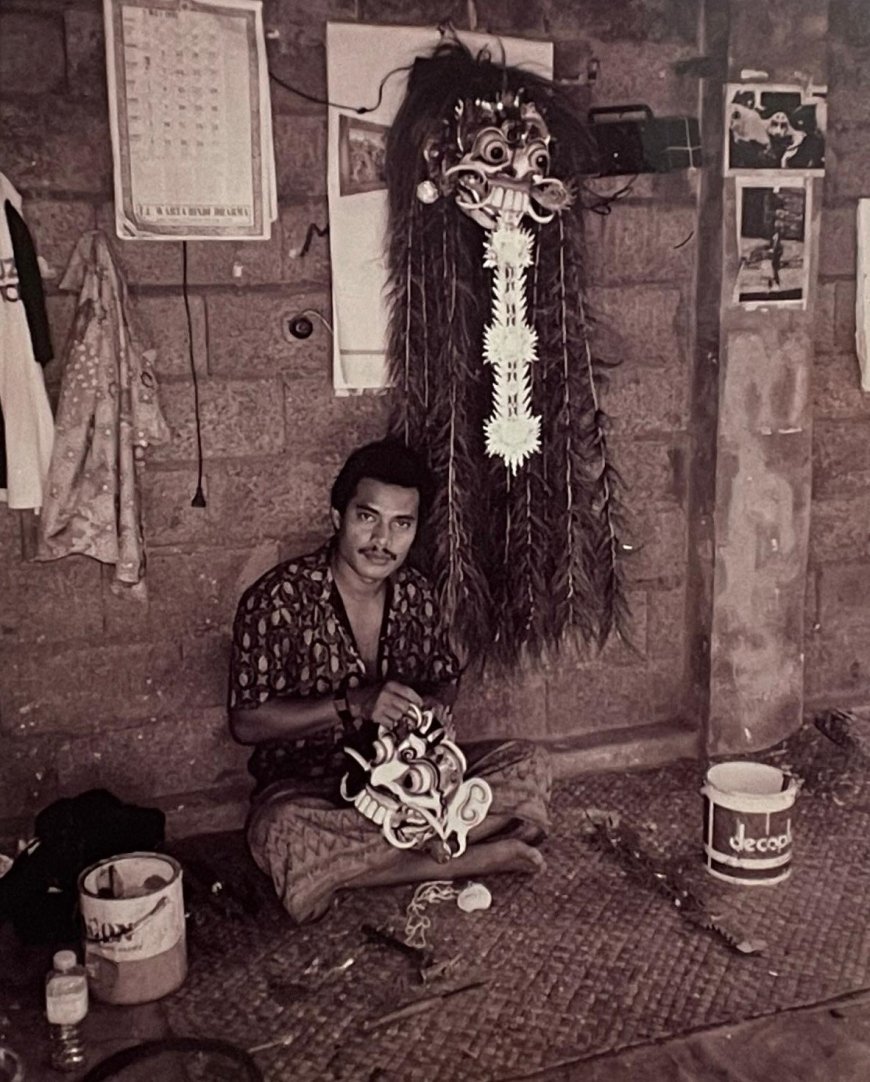
Eternal Carvings of the Mask Maestro I Wayan Muka
In the heart of Mas Village, Ubud, Gianyar, lies a village renowned as the center of wood carving art. From this village was born a maestro whose name would be eternally remembered in the history of Balinese art: I Wayan Muka (1962–2020). From his hands and heart emerged masks that were not merely works of art, but living spirits of culture—breathing tradition and speaking to anyone who gazed upon them.
The passing of I Wayan Muka indeed left a deep sorrow, yet his artistic legacy, dedication, and spirit continue to live among the community. His life story is not only about mask-making, but also about struggle, devotion, and a cultural heritage of immeasurable value.
Life Journey: From Simplicity to Greatness
(Photo Source: Private Collection)
Born in Mas Village in 1962, I Wayan Muka grew up in a humble family. His formal education ended at elementary school due to financial constraints. He once worked as a farmer and a wood sculptor to support his life. Yet destiny seemed to guide him to a greater path. At the age of 15, he began pursuing the art of mask-making. He learned not only by himself but also apprenticed under other maestros such as Ida Bagus Anom and Ida Bagus Ambara. From them, he absorbed techniques, discipline, and philosophy in art. But instead of simply imitating, he returned to his village and created his own unique style that would later earn him great respect. Through founding I Wayan Muka Mask Product, he paved his life’s path. His masks were not mere decorative objects but creations filled with soul, expression, and philosophy.
The Maestro Title: A Recognition
(Photo Source: Private Collection)
In 2015, the Gianyar Regency Government officially honored I Wayan Muka with the title of Mask Maestro. This title was not just a formal recognition but an acknowledgment that his works had transcended ordinary art. Each mask he crafted carried a soul. With up to 75 layers of paint in the finishing process, the mask’s surface glowed and became smooth in texture, as though the face truly breathed. The forms, proportions, and color details were created with perfect precision. His legendary masterpiece, the Topeng Tua (Old Mask), radiated wisdom, as if speaking directly to its audience.
The Burden and Nobility of a Maestro
(Photo Source: Private Collection)
Becoming a maestro meant bearing the weight of cultural responsibility. According to his son, I Komang Bagus Mega Hartana, his father felt a great duty to preserve the traditions of mask art, to innovate, and to ensure the legacy would not fade with time.
Yet he carried this responsibility with perseverance and humility. Beyond creating, I Wayan Muka also served as the traditional village head (bendesa adat) of Mas Village. From this role, he established art studios for young people so that the mask tradition would not end with him, but continue into the next generations.
A Great Role in Mas Village
(Photo Source: Private Collection)
According to Ir. I Wayan Gede Arsania, M.M., the traditional village head of Mas, I Wayan Muka was a straightforward, courageous, and highly dedicated figure. During his two terms as bendesa, he not only safeguarded traditions but also promoted art as the strength of the village.
One of his innovations was organizing sculpture exhibitions, which introduced the works of local artists to a wider public. His presence made Mas Village even more renowned as a center of mask art. After his passing in 2020, the village lost a phenomenal figure, but his works and legacy remain a cultural identity that continues to strengthen the community..
Distinctive Traits and Eternal Techniques
(Photo Source: Private Collection)
Every creation of I Wayan Muka carried distinctive traits. The faces he carved from wood radiated strong characters, from gentle expressions full of compassion to firm visages reflecting inner strength. He did not simply carve shapes but infused emotions that made the masks appear alive. This is what made his works highly sought after by collectors and dancers alike.
In his process, he emphasized patience and perseverance. Every detail was completed with unwavering consistency, from the initial carving to the final coloring. The process could take a long time, as he never rushed to finish a mask. His meticulousness ensured each creation bore the same high quality, despite differing in character.
One of his strongest techniques lay in layered coloring. Paint was not merely applied as surface coating but used to add depth of expression. Layer upon layer made the colors appear more vibrant and enduring, as though each mask carried a long story within its lines.
He also paid great attention to proportion and balance. The size of the eyes, nose, and mouth was aligned to make the mask comfortable for dancers while still beautiful on display. This blend of function and aesthetics made his masks not only valuable as art but also practical for performance.
Though his tools were simple, his technique produced works of the highest class. Through precision, patience, and sensitivity, I Wayan Muka brought forth masks that embodied authenticity and eternity.
I Wayan Muka
(Photo Source: Private Collection)
I Wayan Muka is an eternal figure in the history of Balinese art. From a life of simplicity came creations of immeasurable value. From his hands, masks were not merely wooden faces but living spirits of culture. From his role, the younger generations of Mas Village found inspiration to create and preserve ancestral heritage.
Now, though his body has passed, his spirit lives on in every mask carved, every dance performed, and every young artist who learns to love the art. Mas Village holds not only history but also a legend—and that legend is I Wayan Muka.
